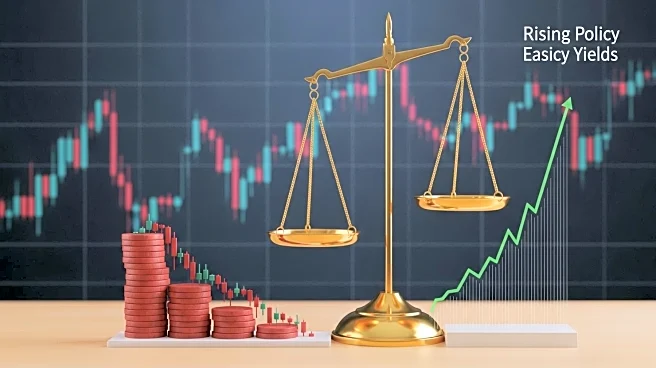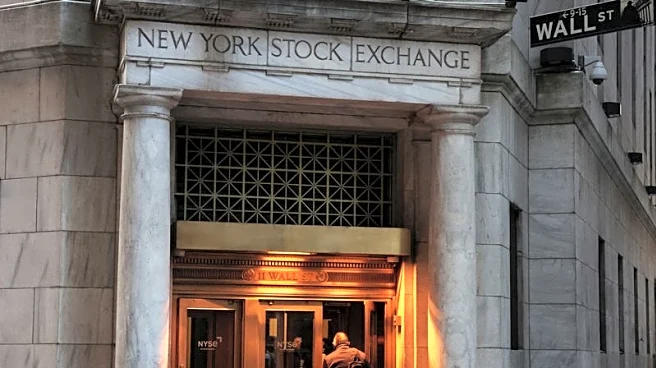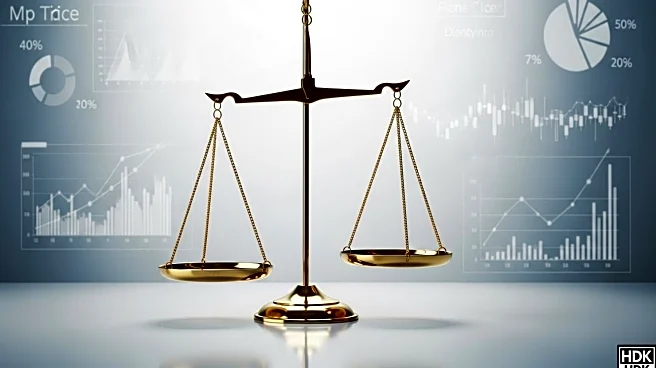What's Happening?
The U.S. federal government is on the brink of a shutdown as lawmakers remain at an impasse over funding past September 30. This potential shutdown could halt pay for hundreds of thousands of federal workers and delay services. Historically, the U.S. has experienced 14 shutdowns since 1980, with the longest lasting 34 days from December 2018 to January 2019. The financial impact of a shutdown is significant, with each week costing the U.S. economy approximately $7 billion, according to Gregory Daco, Chief Economist at EY-Parthenon. Essential services like Social Security, Medicare, and Medicaid will continue, but other federal functions, including some administrative services, could be disrupted.
Why It's Important?
A government shutdown at this time could have broader economic implications, particularly as the U.S. economy faces existing challenges. The disruption could undermine investor and consumer confidence, affecting markets and consumer sentiment. Additionally, the shutdown could complicate monetary policy decisions by delaying key economic data releases, such as the October 3 jobs report. This is critical as the Federal Reserve is expected to closely analyze this data for its upcoming rate decision on October 29. The uncertainty and disruption caused by a shutdown could exacerbate existing economic headwinds, making it a significant concern for policymakers and stakeholders.
What's Next?
If a shutdown occurs, federal agencies will need to determine which essential workers must continue working without pay until the funding gap is resolved. The longer the shutdown lasts, the greater the disruption to government services and the economy. Lawmakers will need to reach an agreement to pass a new funding bill to prevent or end the shutdown. The Federal Reserve will also need to navigate the potential delays in economic data as it prepares for its next rate decision. Stakeholders, including businesses and consumers, will be closely monitoring developments and potential impacts on the economy.
Beyond the Headlines
The potential shutdown highlights the ongoing challenges in U.S. fiscal policy and governance. It underscores the need for more certainty in economic rules and the impact of political gridlock on economic stability. The situation also raises questions about the resilience of essential services and the broader implications for federal workers and contractors who may face financial strain during a shutdown. The event could prompt discussions on long-term solutions to prevent future shutdowns and ensure continuity of government operations.











